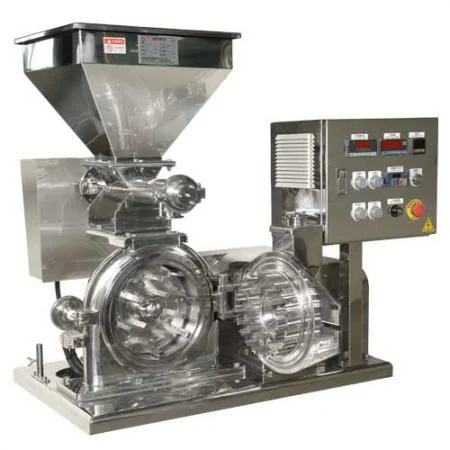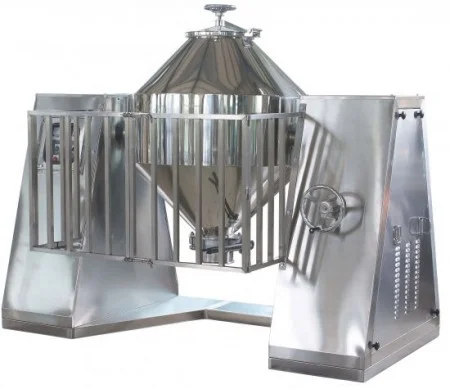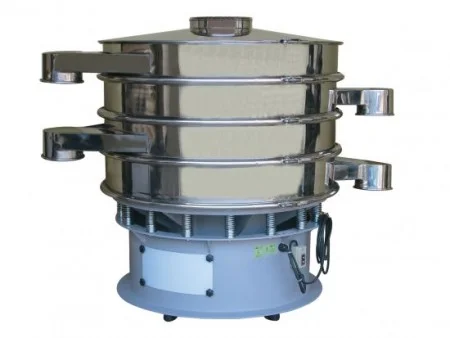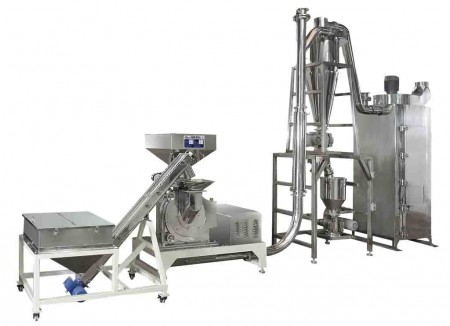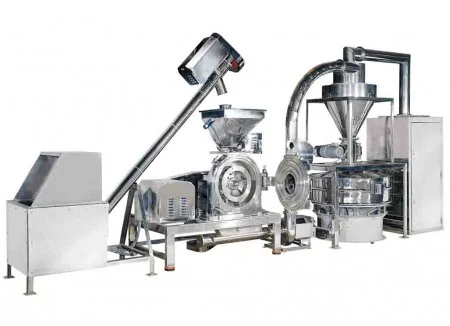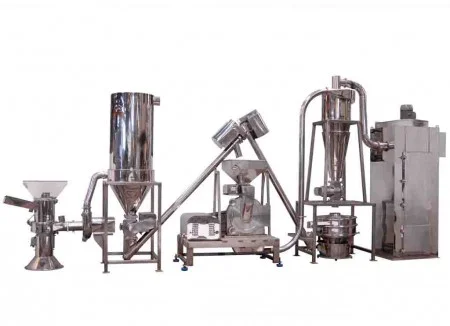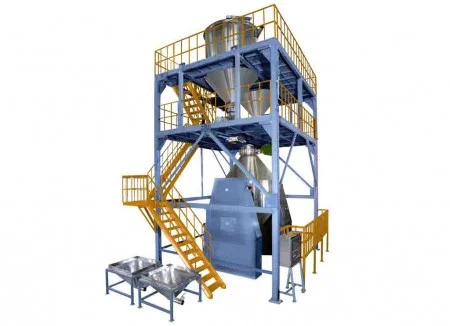
Materiales de Biotecnología
Tipo de Aplicación
- 04. Biotecnología/Farmacéutica, hierbas chinas y comida saludable
- Productos
Molino de impacto
El molino de pines es adecuado para moler materiales cristalinos y frágiles. La finura de salida se puede cambiar reemplazando la pantalla de filtrado...
DetallesMezclador de Cono Rotatorio
El barril exterior y el brazo interno funcionan a diferentes velocidades y en direcciones opuestas. Alta velocidad de mezcla, alta uniformidad y fácil...
DetallesSeparador y filtro Vibro
Usando la fuerza de agitación para filtrar el tamaño de partícula requerido, puede procesar hasta 4 tamaños de partícula con 4 capas de pantalla. Reemplazo...
Detalles

